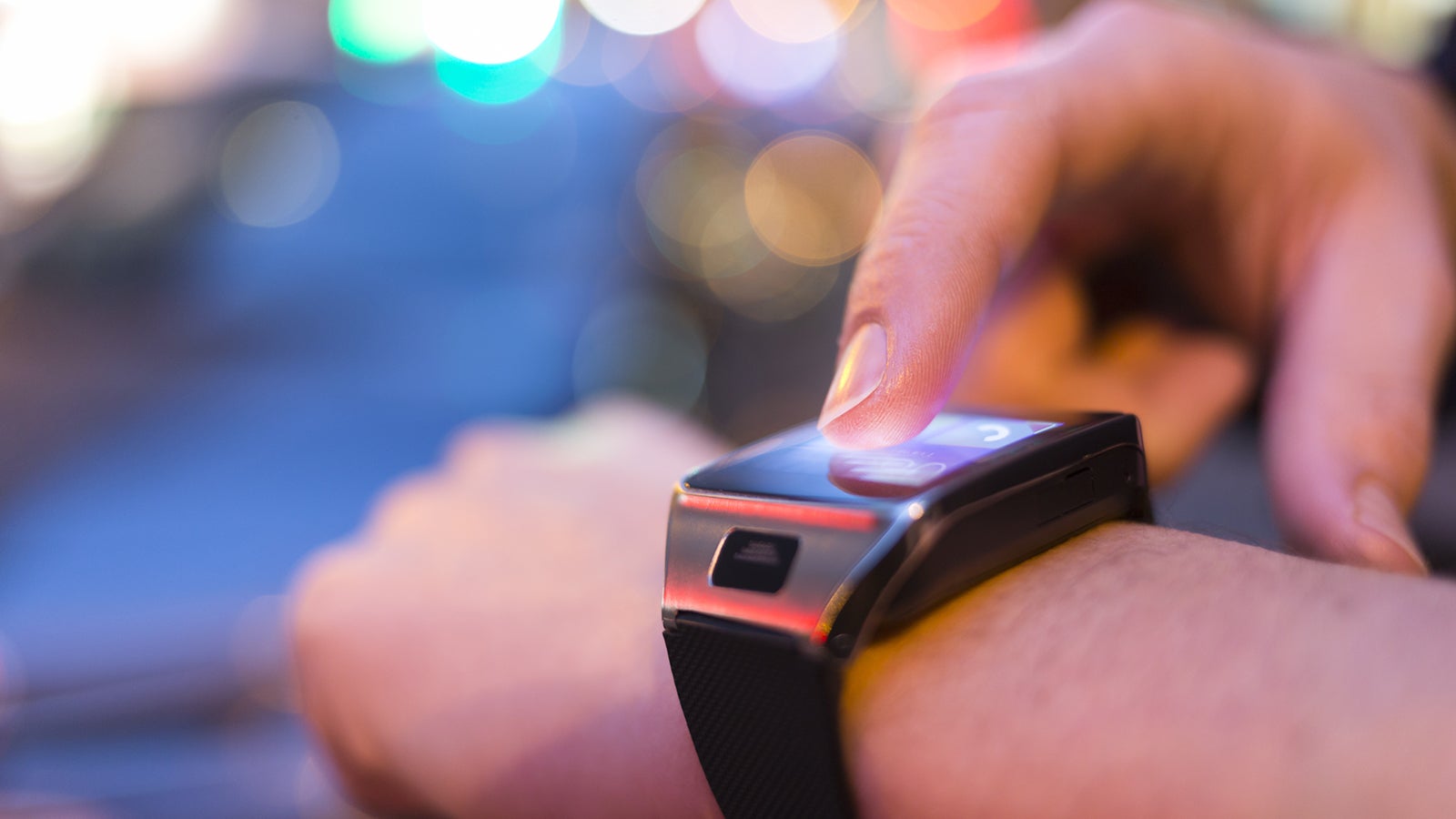Tailor made to reduce risk: wearable technology in the workplace
“I have an aggressive 10,000-step-a-day goal on my fitness tracker—sometimes I make it, sometimes I don’t,” says Wayne Maynard. But as Product Director, Risk Control Services Ergonomics & Tribology at Liberty Mutual Insurance, he has a keen interest in the proliferation of wearable technology in the workplace. “Smart devices provide tremendous convenience on the wellness side for consumers, so it makes perfect sense that this type of technology can now be applied to the industrial side for workers.” The insurer is collaborating with the National Institute for Occupational Safety (NIOSH) and select vendors to investigate how wearable technology can benefit businesses.


“I have an aggressive 10,000-step-a-day goal on my fitness tracker—sometimes I make it, sometimes I don’t,” says Wayne Maynard. But as Product Director, Risk Control Services Ergonomics & Tribology at Liberty Mutual Insurance, he has a keen interest in the proliferation of wearable technology in the workplace. “Smart devices provide tremendous convenience on the wellness side for consumers, so it makes perfect sense that this type of technology can now be applied to the industrial side for workers.” The insurer is collaborating with the National Institute for Occupational Safety (NIOSH) and select vendors to investigate how wearable technology can benefit businesses.
Analysts predict that by 2018, 2 million employees in the United States will be required to wear health and fitness tracking devices as a condition of employment. First responders—like firefighters, police officers, and paramedics—make up the bulk of the estimated number. But the construction, warehouse, and manufacturing sectors are also increasingly exploring wearables and their evolving opportunities beyond health and wellness.
Across industry, there are many safety applications for wearable technology:
- Alerting: Wearable sensors can warn employees of exposure to risk factors like toxins, high temperatures, or noise levels.
- Emergency stopping: Wearables can alert workers operating heavy machinery when sudden stops are required during an emergency.
- Body movement and posture: Wearable sensors can identify activities that increase risk to the lower back and shoulder in order to avoid strain or injury.
- Monitoring: Using the same type of sensors found in smartphones and smartwatches, wearables can collect real-time data about the time and effort required for each task. Managers can use this data to manage workflow and identify additional risks.
Liberty Mutual recently tested an inertial wearable sensor to analyze warehouse workers’ body movements and posture while lifting boxes onto a conveyor. “I’m from the days where we used a camcorder, tape measure, and notepad to do these analyses by hand. We’d actually shoot a video and do an ergonomic assessment, frame by frame,” Maynard said. But wearables can capture detailed information about body posture and motion while employees are performing manual handling tasks during the work day—greatly simplifying the ergonomic assessment. “With the wearable pilot study, we were able to objectively analyze employee movements like bending, reaching, and twisting to then justify the installation of new ergonomic equipment, like an adjustable lifting table.” Ultimately, Liberty expects this adjustment to reduce the risk of back and shoulder injuries, streamline work processes—and positively contribute to the company’s bottom line.
While workplace wearables are proving to have vast potential for both companies and workers, Maynard cautions that there is still much to be studied in this evolving field. “Wearables are a work in progress,” said Maynard. “The vendors who develop this technology often have little experience in workplace safety and ergonomics.” He notes that NIOSH estimates that there are about 500 wearable technology vendors today including those who write algorithms. “That’s why Liberty Mutual participated in a pilot study with one vendor, to learn how its algorithms quantified manual handling risk,” he says. “We have about 40 years of research on the benefits of ergonomics and job design in reducing risk of back and shoulder injuries, so our experience goes hand-in-hand with their expertise.”
Another issue raised by workplace wearables is data privacy. “Employees will want to know where that data is going, or if it can be used against them in some way,” said Maynard. He advises employers to have security measures in place and to implement a wearable strategy that assures workers that their safety is the ultimate goal. “There’s a tremendous future for wearables in the workplace,” he said. “Early on, I was skeptical. I’m a skeptic by nature. But with sensors evolving and becoming more accurate all the time, there is a tremendous opportunity to improve health and safety.”
To learn more about how you can help protect your business, visit Liberty Mutual Insurance.
This article was produced on behalf of Liberty Mutual by Quartz Creative and not by the Quartz editorial staff.